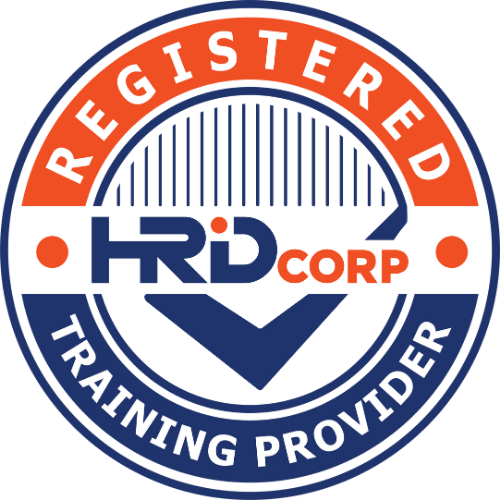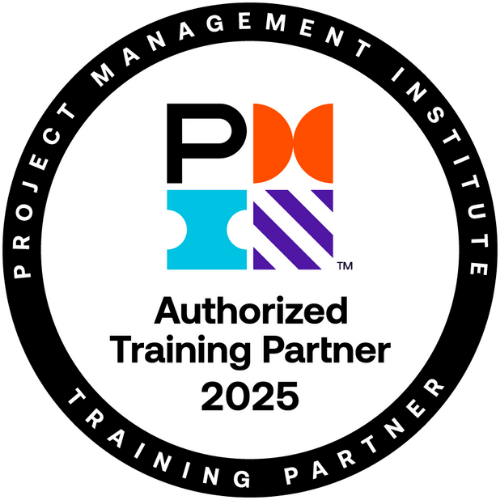VUCA Leadership Training Course
VUCA leadership focusses on developing leadership competencies within an environment that is increasingly volatile, uncertain, complex and ambiguous (VUCA). This requires a high level of clarity of agile leadership principles as well as how these principles may be applied in practice to deal with VUCA. In short VUCA leadership is synonymous with Agile leadership.
This course is based on a two-day intensive face-to-face workshop session in which the participants will be exposed to key concepts relating to agile leadership based on the best practices espoused by Agile Certification Bodies.
To ensure that participants truly understand and can apply what they have learnt in the session, a group-based discussion and mini case study-based associated with leadership challenges will be adopted. This will facilitate the learning process associated with enabling value creation through adoption of VUCA leadership. To better communicate and engage with the participants, several practical sessions that demonstrate basic VUCA based scenarios will be undertaken.
Terminal Objective
The terminal objective of this session is to seek practical solutions to deal with leadership problems associated with volatility, uncertainty, complexity and ambiguity. It involves understanding and applying agile leadership practices in such work environments.
Key course outcomes
The extent to which the learning is transferred in the workplace depends on:
- Training Design relevance;
- Trainee readiness and receptivity;
- Organizational support mechanisms.
With effective learning transfer, the following outcomes may be achieved:
- Faster delivery of value to end customer.
- Higher levels of accountability of work teams.
- Higher visibility levels of work progress and impediments.
- Faster decision making by the people who are directly affected by decisions made.
LEARNING OBJECTIVES
At the end of the program the participants will be able to do the following based on the appropriate approach that is required.
Recognize the importance of playing the role of “supportive leadership” in a complex, volatile, uncertain, and ambiguous work environment.

- Mastering different ways of working.
- Having a strong business acumen.
- Applying power skills.

- Knowledge based complexity.
- Technological uncertainty.
- Environmental volatility.
- Stakeholder ambiguity.

Create an environment to encourage self-organization to instil a higher sense of accountability and ownership of work based results.

Establish the requirements for a collaborative work environment within the project team as well as between the project team and associated stakeholders throughout the operations / project life cycle

- Beginning of an intervention / project.
- During the intervention / project.
- At the end of the intervention / project.

PROGRAM METHODOLOGIES

Experience Sharing
Participants will be encouraged to share their leadership challenges before and during the class. This will provide ample opportunity for the facilitator to focus on specific areas they need to improve their agile leadership competency.

Mini Lecture
Brief overview of the conceptual underpinning as well as core principles will be conveyed using relevant examples by the course facilitator through a mini lecture.

Question and Answer Sessions
Participants will be encouraged to seek clarifications through questions and comment on applicability of answers provided to generate a common understanding of key concepts and principles to emerge as the session progresses.

Group Based Discussions
A series of group-based discussions that involve the participants being broken into groups will be undertaken. The groups will be asked to describe leadership based challenges being faced. They will then be required to apply what was covered in class to deal with these challenges and present their findings to class.

Mini Case Study
A mini case study associated with leadership challenges will be given to the participants and the participants will be required to analyze the case in the context of how to resolve issues by applying agile leadership principles.
VUCA LEADERSHIP COURSE SYLLABUS & OUTLINE
- Overview of the Agile Methodology (6 Contact Hours)
- Definition of Agile
- Principles of Agile
- Agile Manifesto - Overview of Agile Leadership (6 Contact Hours)
- Definition of Agile Leadership
- Importance of Agile Leadership
- Characteristics of Agile Leadership
- Requirements for Agile Leadership - Agile Leadership Practices (4 Contact Hours)
- Facilitating “self-organization” in the workplace
- Establishing and maintaining collaborative work environment
- Providing coaching and mentoring to improve value delivered
- Identifying and removing work impediments
- Encouraging knowledge transfer activities
FAQ & FURTHER INFORMATION
(A) Levels of Evaluation
Level 1
Evaluation of participant’s reaction to the session through a Training Evaluation Form that
will evaluate:
❖ Conduct of Training
❖ Training materials
❖ Training facilities
A summary of the overall findings from the level 1 assessment will be submitted as part
of the training report at the end of the training program.
Level 2
Evaluation of participant’s level of learning and understanding of the program through a
Pre and Post Test will be conducted prior to and after the session.
A level 2 assessment of the results of the tests undertaken will be submitted at the end
of the training program.
(B) Assessment methods
The following assessment methods shall be employed as part of the course:-
➢ Pre-test to assess understanding level before the start of the program
➢ Verbal questions and answers during the session
➢ Group based discussions and presentations
➢ Post-test to assess understanding level before the end of the program
➢ Review of documentation of expert review sessions







